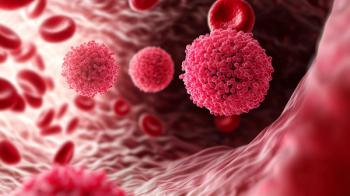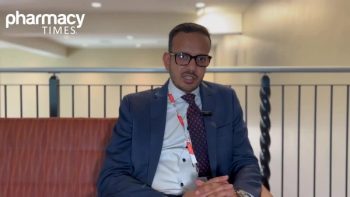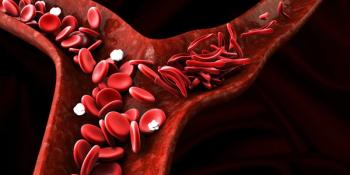
A Need for Pharmacists in Humanitarian Aid Work
The role of pharmacists in these causes and natural disasters continues to evolve as organizers and policymakers understand the value that they bring to these events.
The role of pharmacists in humanitarian causes and natural disasters is continuing to evolve as organizers and policymakers understand the value that pharmacists bring to these events.
During a session on humanitarian aid work at the 78th FIP World Congress of Pharmacy and Pharmaceutical Sciences in Glasgow, Scotland, presenter Marwan Akel discussed his role in providing pharmacist help in his native Lebanon, while also working as a full-time professor in pharmacy practice at the Lebanese International University.
There is a significant amount of chaos and uncertainty in Lebanon, as millions of refugees have migrated there, he said.
Since the beginning of the Syrian war, many more people have crossed into Lebanon, making preexisting refugee outposts especially cramped. Official reports indicate that there is 1 refugee for every 3 Lebanese nationals.
The most appropriate and efficient use of resources within the health system is essential, according to the presentation.
The role of the pharmacist is of particular value in improving patient outcomes and productivity in a such a tight environment.
Pharmacists help in providing medication management and performing duties in clinics, hospitals, and non-governmental organization (NGO) settings for refugees. However, the pharmacist work is not the humanitarian aspect in this scenario.
The real humanitarian message is the volunteerism of the pharmacists and students, and by earning the trust of patients who are most in need, Akel said.
The session's second speaker was Petra Straight, who works for Save the Children in the United Kingdom as a pharmacist. She discussed some of the work she has done over the years and identified ways in which pharmacists can get involved, as well as some of the potential issues with helping.
There are not many pharmacists in humanitarian roles, but the field is growing, Straight said.
The job can be done either at a headquarters, working on logistical and organizational issues, or more directly in the field, working to improve local health services.
Pharmacists may already have the appropriate skills that can be beneficial in humanitarian scenarios, including detailing supply chain logistics, providing technical advice, or working with customs. Pharmacist skills are especially useful in solving problems associated with cold chain protocols, improperly packaged medications, and sorting through donations of dubious origin.
Those interested in providing aid as humanitarian pharmacists should go into a situation knowing what the scenario involves. They should ask themselves what their comfortable level is from an environmental standpoint, if they are willing to work in a situation that may not have a defined end goal, and whether personal safety is a concern.
Reports indicate that in 2016, more than 100 NGO volunteers were killed, with another 60 taken hostage globally. Although ultimately highly rewarding, the risks can be very real.
The important thing to remember when deciding whether to help is that every humanitarian crisis is different. The culture, geography, people, and specific disaster event are all aspects that will shape what kind of response is needed. An adaptable and caring mind is essential when providing direct patient care.
Joel Claycomb, PharmD, is a community pharmacist working in the Pittsburgh area. He has also spent time practicing pharmacy in Haiti and New Zealand.
Newsletter
Stay informed on drug updates, treatment guidelines, and pharmacy practice trends—subscribe to Pharmacy Times for weekly clinical insights.



















































































































































































































